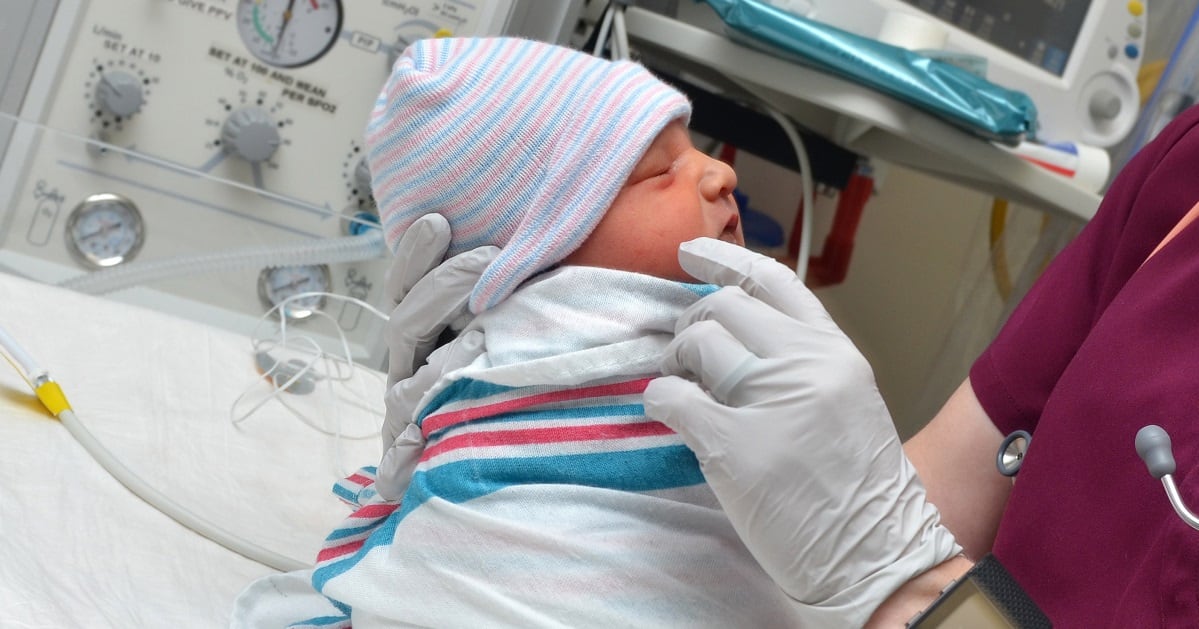Women in the Navy and Marine Corps are leading the way among active duty service members in using long-acting reversible contraceptives like intrauterine devices and subdermal implants, possibly because the access to such devices is better through Navy healthcare than the other services, according to a new study.
The Defense Health Agency’s Medical Surveillance Monthly Report found that active-duty women serving as sailors and Marines had the highest rates of LARC use, and that women in the Navy and the Marine Corps were also inclined to continue implants or IUDs for 12 to 36 months.
LARCs are more than 99 percent effective, and can prevent pregnancies for years, according to the American Sexual Health Association.
Specifically, the Medical Surveillance Monthly Report found that more than 29 percent of women in the Navy and more than 30 percent of women in the Marine Corps used LARCs during 2019. That number dropped slightly in 2020 to approximately 27.6 percent and 28.3 percent in 2020, respectively, but the study noted that the drop could have been a result of the COVID-19 pandemic.
In comparison, approximately 19 percent of women in the Army and approximately 22 percent of women in the Air Force used LARCs in 2019.
Continuation rates for LARCs were high across all the services, with IUDs being more popular than subdermal implants. Approximately 79 percent of women in the Navy and 83 percent of women in the Marine Corps continued IUD use after 12 months, according to the study. That number dropped to approximately 57 percent in the Navy and 62 percent in the Marine Corps after 36 months of use.
Those figures included women who discontinued LARC use in order to become pregnant.
Overall, the study attributed the high use and continuation rates to heightened awareness and access under the Navy’s healthcare umbrella.
“This finding may be a result of the Navy actively working to increase awareness and access to contraception,” the study said.
The Navy has focused on setting up walk-in contraception clinics, and is now well ahead of the Army and the Air Force in establishing these facilities.
There are currently a total of 31 such clinics across the entire Military Health System, with an additional four in the works, according to Defense Health Agency spokesman Peter Graves. The Navy’s healthcare system oversees 22 of these clinics on Navy and Marine Corps installations, Graves told Navy Times.
These clinics exist at military facilities including Navy Medical Center San Diego, Naval Hospital Bremerton, Branch Health Clinic Naval Station Norfolk, Walter Reed National Military Medical Center, Naval Hospital Pensacola and Naval Hospital Naples.
Such facilities on Marine Corps installations include Naval Hospital Okinawa, Naval Medical Center Camp Lejeune and Naval Health Clinic Quantico.
RELATED

The study also broke down LARC use in various fields, and found that women serving as pilots, air crew and health care personnel showed high rates of LARC use across all the services.
“Pilot/air crews deploy frequently and spend long hours in aircraft that may not afford them access to convenient restrooms,” the study reads. “Additionally, women in these fields may be grounded for part or all of their pregnancies. Therefore, they have an incentive to use highly effective contraception and for menstrual suppression. Health care workers may be more knowledgeable regarding their options for medical care because of the nature of their jobs.”
Women serving in the military are more likely than their civilian peers to use LARCs, “with an average annual prevalence of 23.0% compared to 10.4%, respectively,” the study reads.
“One explanation for this difference could be the universal and free access to health care in the military, which could make service women more likely to take advantage of these services,” the study reads.
The report examined all active-duty women serving in the Navy, Marine Corps, Army and Air Force that were over the age of 17 from January 2016 to December 2020.
